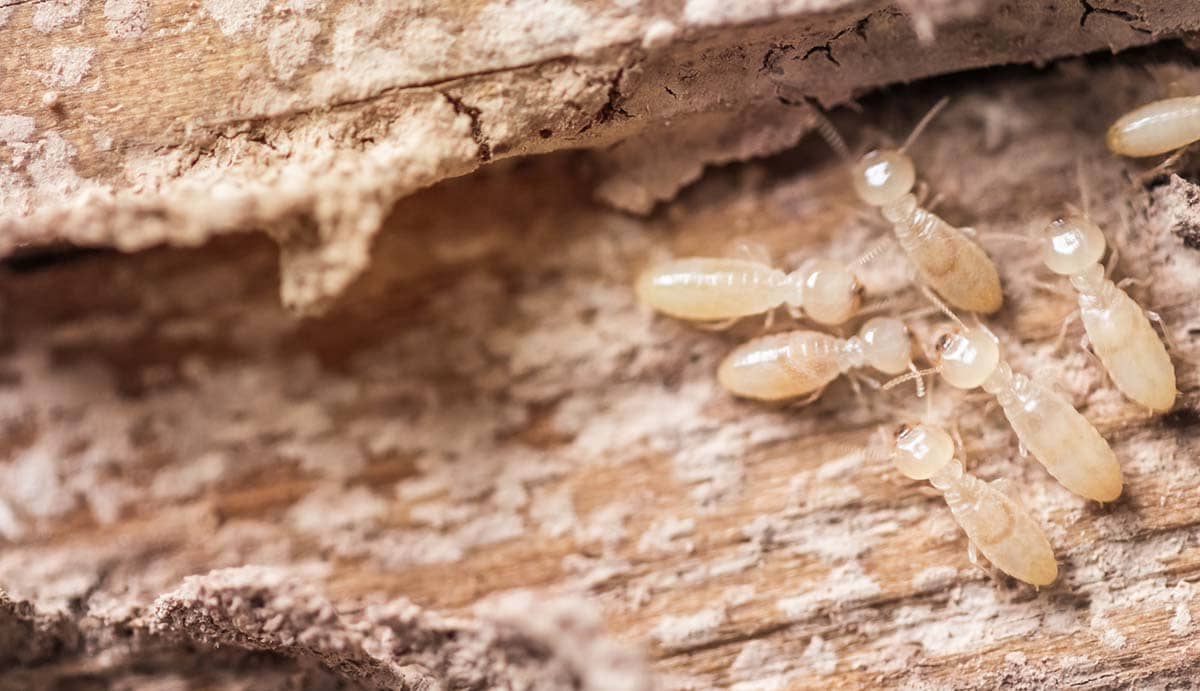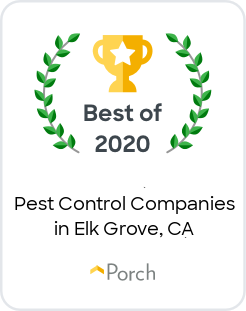Termites are a leading cause of home damage and affect over 600,000 homes in the US alone every year. They also cause over $30 billion in damage to crops and man-made structures.
Termite control is big business. Americans spend approximately $5 billion every year to get rid of them.
Read on for everything you need to know about how to identify and get rid of termites.
Types of Termites
The most common types of termites are subterranean, Formosan, drywood, dampwood, and conehead.
Subterranean termites are the most destructive type and are responsible for approximately 80% of the economic impact. They can tear through an entire building with their saw-toothed jaws. They live underground in colonies that can number over 1 million. They create mud tunnels to get from place to place and nest in soil.
Formosan termites are also dangerous and can destroy a wooden building in less than 30 days. They also nest underground but build mud nests and bring soil to their food source.
Drywood termites create nests inside wood. Their colonies are smaller, making them less destructive than subterranean termites however, they often have multiple colonies within the same structure.
Dampwood termites are attracted to moisture. They nest in wet wood outside such as stumps or logs.
Conehead termites are one of the rarest types but have become common in Florida. Instead of using underground mud tunnels, they move along the ground like ants.
Signs of a Termite Infestation
Damaged wood is one of the most obvious signs of a termite infestation. Subterranean termites may cause it to blister. All types of termites eat from the inside out, so you should look for hollowed-out wood.
You can also listen for termites. A clicking noise could come from them banging their head against wood to warn their colony of danger. Tap your wood to see if it’s hollow. You may even hear them chewing if you listen closely.
Flying termites are nocturnal, which makes them more difficult to spot. Look for discarded termite wings outside, on your windowsill, or in spider webs.
Drywood termites are one of the few types to leave behind visible droppings. They can look like wooden pellets, sawdust, or coffee beans depending on what type of wood they’ve been eating.
Most termites use mud tubes to travel from place to place. You might find them in areas where your home meets the ground, near trees, or around or inside outdoor sheds.
Termites create moisture wherever they go. They could be the reason your doors or windows are difficult to open or your paint or drywall has begun to bulge.
Ants vs. Termites
Ants are the most common pest problem in America, and approximately 50% of homeowners deal with them every year. They make up 24.8% of the pest control industry’s total revenue, while termites only claim 13.6%.
The problem with these two pests is that they look and act almost the same. Looking for the differences between them can help you determine which one you’re dealing with and what type of pest control you need.
Termites are lighter and more translucent, which is why they usually appear to be white. They have straight antennae, while ant antennae are bent. They also have thicker waists, though this can be a bit difficult to notice from a distance.
Flying ants and flying termites also look similar, but you can tell them apart by looking at their wings. Ants have 2 sets of wings and one is larger than the other. A termite’s sets of wings are both the same size.
Call a pest control expert if you can’t tell which type of pest has invaded your home. They’re experienced enough to know the difference and determine the right methods to use to get rid of them.
Termite Inspections
You can prepare for a termite home inspection by removing clutter from cramped areas such as your:
- Attic
- Basement
- Kitchen
- Bathroom
- Garage
- Crawl spaces
Termites are adept at hiding in floors and walls, and every part of your home needs to be open to make sure the inspector can find them.
The inspection will begin outside. They’ll look in any wooden areas such as a deck or firewood pile and check for gaps in the walls. Then, they’ll move inside to check the rest of your home.
Termite Control Options
Regular termite control is the best way to keep these dangerous pests from ruining your home. There are also several ways you can prevent them from coming in the first place.
Check inside for signs of water damage such as discoloration or soft spots. Brush tree limbs away outside and don’t put firewood directly next to your house. Build with termite-resistant materials such as pressure-treated lumber.
There are a range of termite control options to choose from. The right one for you depends on factors such as the type of termites you have and the level of the infestation.
One method is to inject a pesticide or termiticide around the home. It repels them and keeps them from getting the soil they need.
Baiting is also effective. A cellulose-based food attracts termites to the trap. They’ll get covered in a lethal substance and bring the poisoned food back to their colony before they die.
Once the termites are gone, there are also a few ways to repair the damage they’ve caused. You can use a wood hardener or filler or add additional supports, but you may have to replace the wood entirely.
Where to Find Termite Control in El Dorado Hills
Official Pest Prevention is a family-owned, licensed pest control company celebrating 20 years serving over 100,000 satisfied customers in five area codes throughout Northern and Central California. Starting with a few contacts, and only four full-time employees, our small company has grown into an organization that today employs over 100 people, maintains a fleet of 75 vehicles, and has serviced over 100,000 Northern California households. This tremendous growth has come from loyal customers, who have recommended our work to their friends, family, and neighbors.
We are a full-service pest control company. Whatever your pest problem, we have a solution. Our goal is to make your property pest-free. Guaranteed. Contact us online or by phone (877) 711 2847 – for immediate assistance. Same-day bookings and flexible payment plans available – because pest invasions wait for no one.



